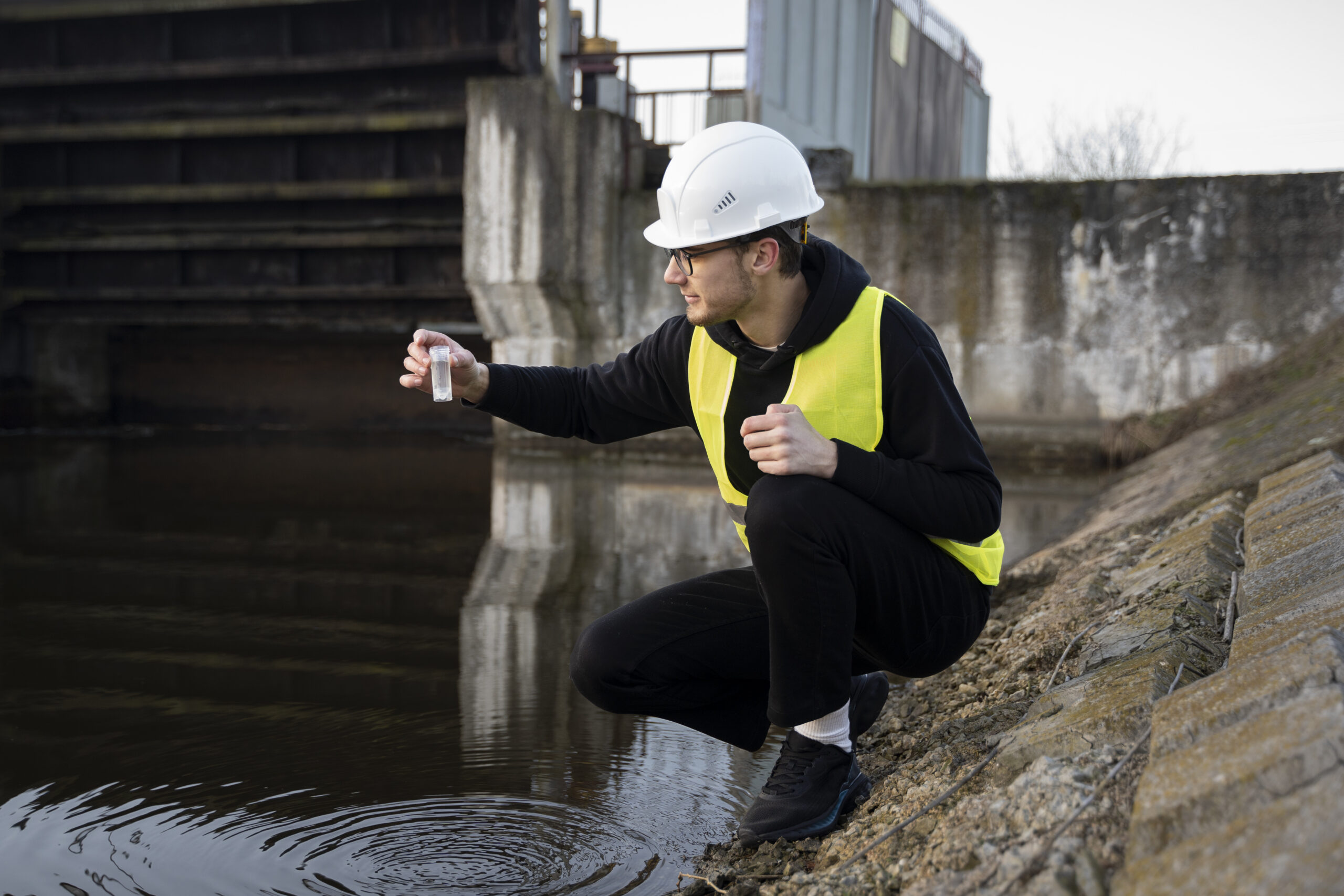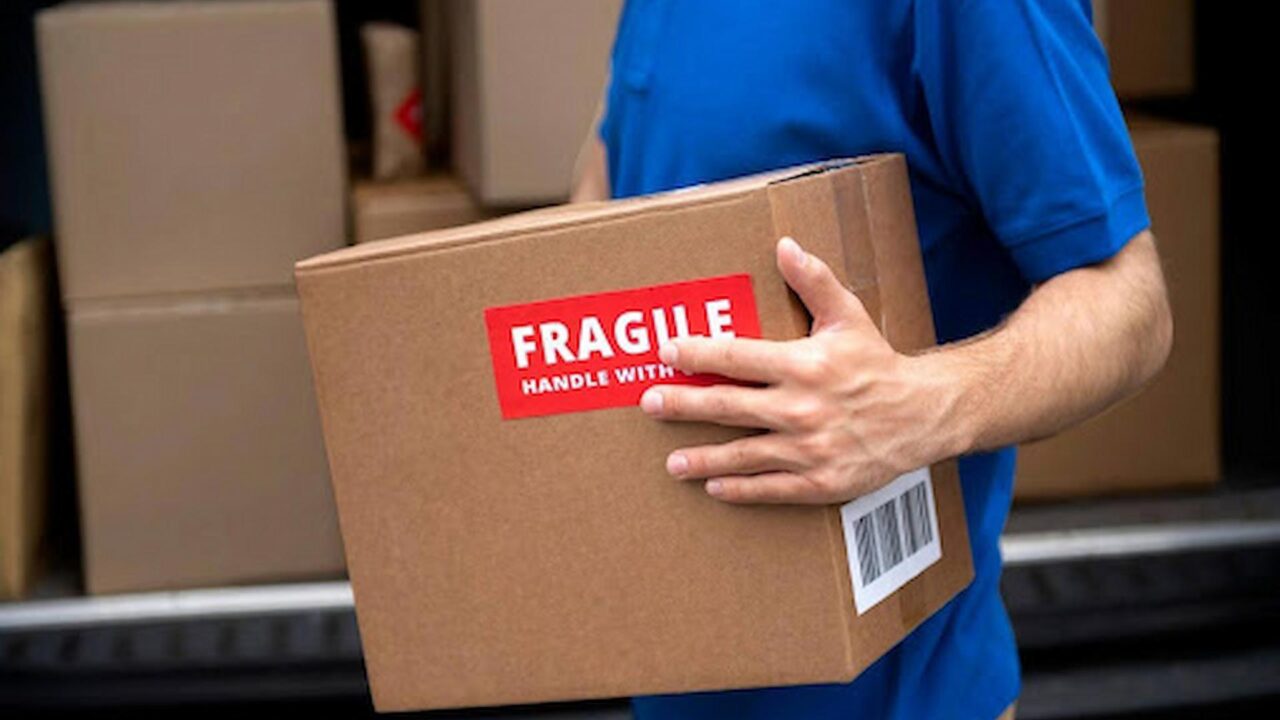
Legionella is a form of bacteria that can contaminate water systems and cause Legionnaires’ disease, a serious and sometimes fatal form of pneumonia. One of the most effective ways to mitigate this risk is through regular water testing for Legionella.
As a building owner, ensuring the health and safety of your occupants is a top priority, and one often overlooked risk is Legionella bacteria. Found in man-made water systems like cooling towers, hot tubs, decorative fountains, and plumbing systems, Legionella can thrive and replicate under the right conditions.
When water containing the bacteria becomes aerosolised through showers, taps, or HVAC systems, it can be inhaled into the lungs, where it can potentially result in Legionnaires’ disease. This serious and sometimes fatal form of pneumonia is extremely dangerous, especially for those who are vulnerable.
The consequences of an outbreak can be severe, not only in terms of human health but also legal liability, reputational damage, and financial cost to your business. One of the most effective ways to mitigate this risk and remain compliant with health and safety regulations is through regular water testing Legionella alongside a comprehensive water management plan.
What Is Legionella and Why Is It Dangerous?
Legionella is a type of bacteria that thrives in warm, stagnant water where the temperatures sit between 20°C and 45°C, creating the ideal breeding ground for them to flourish.
This becomes a health risk when water droplets containing the bacteria are inhaled via aerosolised water from systems such as showers, hot tubs, HVACs or decorative fountains. Vulnerable populations such as the elderly, smokers, or people with weakened immune systems are particularly at risk.
Legionnaires’ disease can lead to severe respiratory illness and even death if not diagnosed and treated promptly, which is why proactive prevention through water testing for Legionella is not only smart, it’s essential.
Why Building Owners Must Take Responsibility
In the UK, building owners and landlords are legally required to assess and control the risk of Legionella and failing to implement a Legionella control strategy can lead to legal liability if an outbreak were to occur.
If your property contains complex water systems, then you have a duty of care to manage Legionella risk. This includes buildings such as hotels, offices, healthcare facilities, or gyms, where water testing is a key part of fulfilling that obligation.
When and How Often Should You Test?
The frequency of water testing for Legionella depends on the type of building, its water system, and whether previous risks have been identified, but as a general rule:
- High-risk environments – such as hospitals, care homes, or cooling towers, should test at least quarterly.
- Lower-risk buildings – might only require annual testing, but a proper risk assessment will determine this.
Testing should always be carried out by competent professionals who understand where to collect samples, for example, from hot water tanks, outlets, and returns, as well as how to interpret the results.
What Happens If Legionella Is Found?
If Legionella is detected, immediate action is required. This might involve:
- Flushing and disinfecting the water system
- Adjusting water temperatures to outside of the Legionella growth range
- Installing filtration or UV disinfection systems
- Reviewing and updating the Legionella Risk Assessment
The important thing to remember is that legionella control and water testing is not just a box ticking exercise or simply about fixing the problem, but about putting in place a sustainable prevention plan that works to proactively avoid an outbreak.





